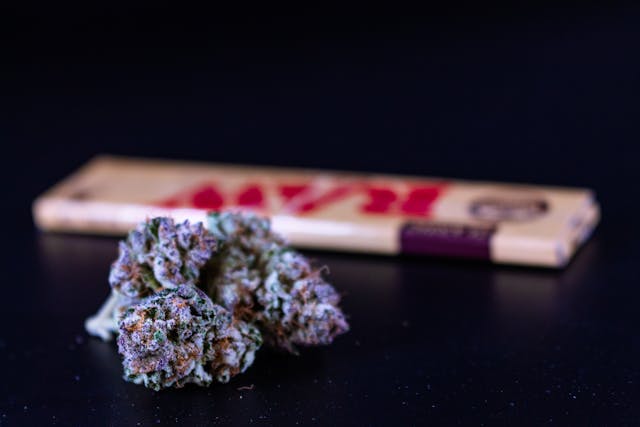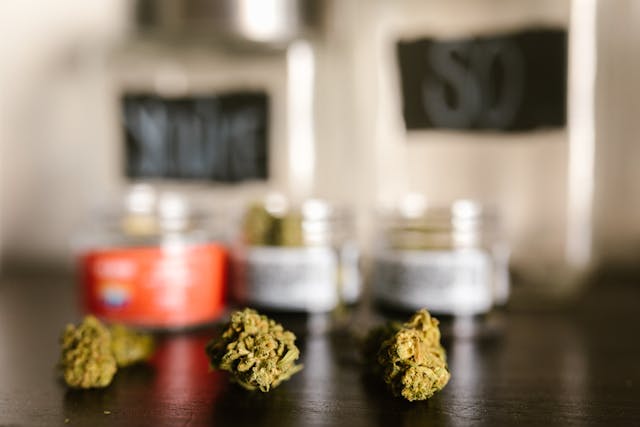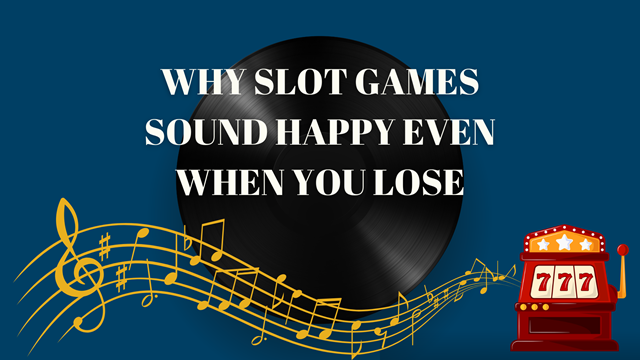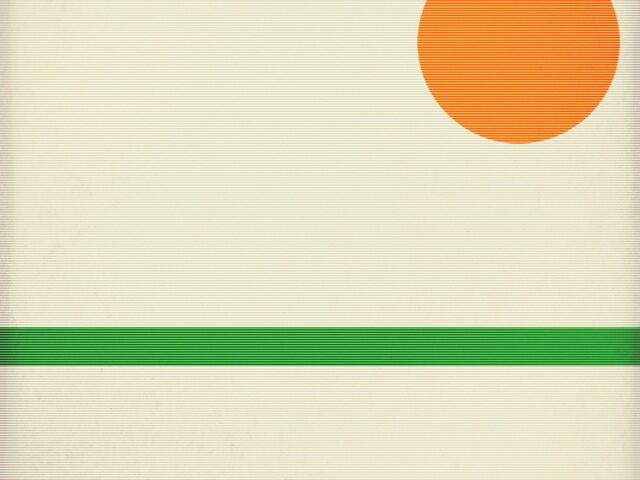Music and cannabis have always had chemistry. It’s the kind of creative relationship that doesn’t need explaining—you feel it. Whether you’re vibing to a jazzy trumpet solo, a dreamy synth loop, or a hypnotic rap verse, there’s a good chance someone sparked a joint before laying it down. For decades, artists have turned to cannabis not just to chill, but to create.
From smoky jazz clubs of the past to bedroom studios run by lo-fi producers today, weed and music have evolved together. And while the tools may change—vinyl to Spotify, garage bands to beat machines—the rhythm of this duo remains steady.
Today, with access to high-quality cannabis through a trusted online dispensary, listeners and creators alike are shaping their own sensory soundtracks. Whether it’s inspiration, introspection, or just good vibes, cannabis keeps showing up at the heart of musical expression.
Let’s explore how this bond got started, why it still thrives, and how different genres have made it part of their sonic identity.

The Jazz Age: Where It All Began
The connection between weed and musical improvisation goes all the way back to the jazz era. In the 1920s and ‘30s, cannabis use was widespread among jazz musicians, particularly in cities like New Orleans, Chicago, and New York. Artists like Louis Armstrong were open about their love for “gage,” a slang term for marijuana at the time.
Armstrong claimed cannabis helped him relax and express himself more freely. In a genre rooted in improvisation, it’s not surprising that many musicians found weed loosened their creative inhibitions. Instead of sticking to the script, they riffed off each other—feeling, not just playing, the music.
Jazz laid the groundwork for the cultural link between cannabis and creativity. The swing, the soul, the expressive solos—many of them born in hazy recording sessions and late-night jam circles.
The Psychedelic Sixties: Free Love and Fuzz Pedals
Fast-forward to the ‘60s, and cannabis became more than a backstage ritual—it became a cultural symbol. Artists like The Beatles, Jimi Hendrix, and Jefferson Airplane didn’t just use weed, they celebrated it openly. Songs like “Rainy Day Women #12 & 35” by Bob Dylan (“Everybody must get stoned”) captured a shifting public mindset.
During this era, experimentation was the name of the game. Musicians explored new sounds, pushed boundaries, and layered complex arrangements that mirrored psychedelic experiences. Think about The Grateful Dead’s sprawling improvisational sets or the swirling sitar in The Beatles’ “Within You Without You.” Many of those moments were enhanced—or inspired—by cannabis.
The music didn’t just sound different. It felt different. Listeners leaned into long tracks and abstract lyrics, tuning out the straight-and-narrow in favor of kaleidoscopic soundscapes.
Reggae and Righteousness: Cannabis as Spiritual Connection
Of course, you can’t talk cannabis and music without giving reggae its full respect. For Jamaican artists like Bob Marley and Peter Tosh, weed was more than recreational—it was sacred. Rooted in Rastafarian beliefs, cannabis (or “ganja”) was seen as a way to reach higher consciousness and connect spiritually.
Reggae music became a vehicle for that message. Lyrics often reflected peace, rebellion, and spiritual freedom, with cannabis woven into both the lifestyle and the lyrics. “Kaya,” “Ganja Gun,” and “Legalize It” didn’t mince words—they put cannabis front and center.
And the vibe? Unmistakable. Smooth basslines, syncopated rhythms, and steady grooves perfectly suited the slowed-down, elevated mindset that cannabis brought on. To this day, reggae remains one of the most iconic soundtracks to the cannabis experience.
Hip-Hop and High Thoughts: A Creative Spark
As hip-hop rose in the ‘80s and ‘90s, cannabis stayed on the playlist—this time with a swagger. From Cypress Hill’s “Hits from the Bong” to Snoop Dogg’s ever-burning persona, weed became part of the brand. But beyond the blunts and bravado, many hip-hop artists have credited cannabis for enhancing their creative process.
Rapping, like jazz, demands improvisation and flow. Artists often describe how cannabis helps them write better bars, find smoother rhythms, and approach wordplay more abstractly. Beats feel fuller. Punchlines hit harder. And the recording booth becomes a space of invention.
Producers also joined the movement. Legendary beat-makers like J Dilla and Madlib created entire sonic atmospheres that many describe as “weed music”—instrumentals dripping in groove, grit, and loops that feel tailor-made for a head-nod high.
Cannabis wasn’t just an accessory to the genre—it became part of its toolkit.
Lo-Fi, Chillhop, and the Modern Stoner Soundtrack
These days, cannabis culture has gone indie. You don’t need a million-dollar studio to make music that hits. Lo-fi producers, bedroom beatmakers, and DIY artists are crafting mood-based music designed to relax, reflect, and sometimes, enhance a mellow high.
Lo-fi and chillhop have exploded on streaming platforms like Spotify and YouTube, offering steady beats, jazzy chords, and a vibe-first approach. These genres often function as background music—for studying, working, or winding down—but they’ve also become favorites among cannabis users who want something low-key yet immersive.
The beats aren’t busy. The tempo is forgiving. And the repetitive patterns give your mind space to wander. In many ways, this new wave of music is the perfect modern match for cannabis use: casual, accessible, and introspective.
The Listener’s Experience: Sound + Strain Pairing
Just as sommeliers pair wine with food, many cannabis enthusiasts pair music with strains. Want to zone out to ambient electronica? A heavy indica might enhance that body buzz. Looking to freestyle with friends? A sativa-dominant hybrid could spark that mental fire.
Cannabis and music are both sensory experiences, and when they’re combined thoughtfully, the result can be magical. Some users even report synesthetic effects—seeing sounds or feeling textures from the music more vividly while high.
That’s where platforms like BuyMyWeed.cc come into play. With access to a wide variety of strains, products, and guides, users can fine-tune their high to match their playlist—whether they’re feeling groovy, glitchy, or just plain giggly.
Artists Who Light Up and Let Loose
Plenty of well-known artists today continue to embrace cannabis openly as part of their creative process. A few standouts include:
- Wiz Khalifa – Practically synonymous with rolling papers, he’s built a brand and a music catalog around stoner lifestyle themes.
- Flying Lotus – Known for his surreal soundscapes, he often cites cannabis as part of his workflow.
- Tame Impala – Though not overtly “stoner music,” the lush, dreamy production often resonates with cannabis users.
- Doja Cat, Megan Thee Stallion, and Kid Cudi – All have nodded to cannabis use in lyrics or interviews, bringing fresh energy to the scene.
These artists represent different sounds, generations, and aesthetics—but their music often shares a relaxed, experimental undercurrent that fans say pairs well with a little herbal inspiration.
Weed-Friendly Music Spaces Are Evolving
As cannabis laws evolve, so do music venues. Events like California’s Outside Lands now offer legal cannabis sales and consumption zones. In Canada, cannabis lounges with live music are becoming more normalized. The era of stashing a joint in your sock before a concert is slowly fading into history.
With this cultural shift, we’re seeing more collaboration between cannabis brands and music events—sponsorships, co-branded playlists, and even cannabis strains named after artists.
It’s not just about getting high anymore. It’s about curating a complete experience—one where the music and the moment feel perfectly aligned.

Wrapping It Up: Why This Connection Still Matters
Music has always been a mirror for culture. And cannabis? It’s been both muse and companion along the way. Whether through jazz improvisation, reggae rhythms, hip-hop freestyles, or lo-fi loops, cannabis continues to play a role in how artists create—and how we listen.
As access becomes easier through trusted sources and online dispensary platforms, cannabis culture isn’t just surviving—it’s evolving. More people are tapping into its creative side, discovering new ways to listen deeply and express freely.
So next time you queue up your favorite track and light up, remember: you’re part of a tradition. One that spans genres, generations, and grooves—and it’s still going strong.





